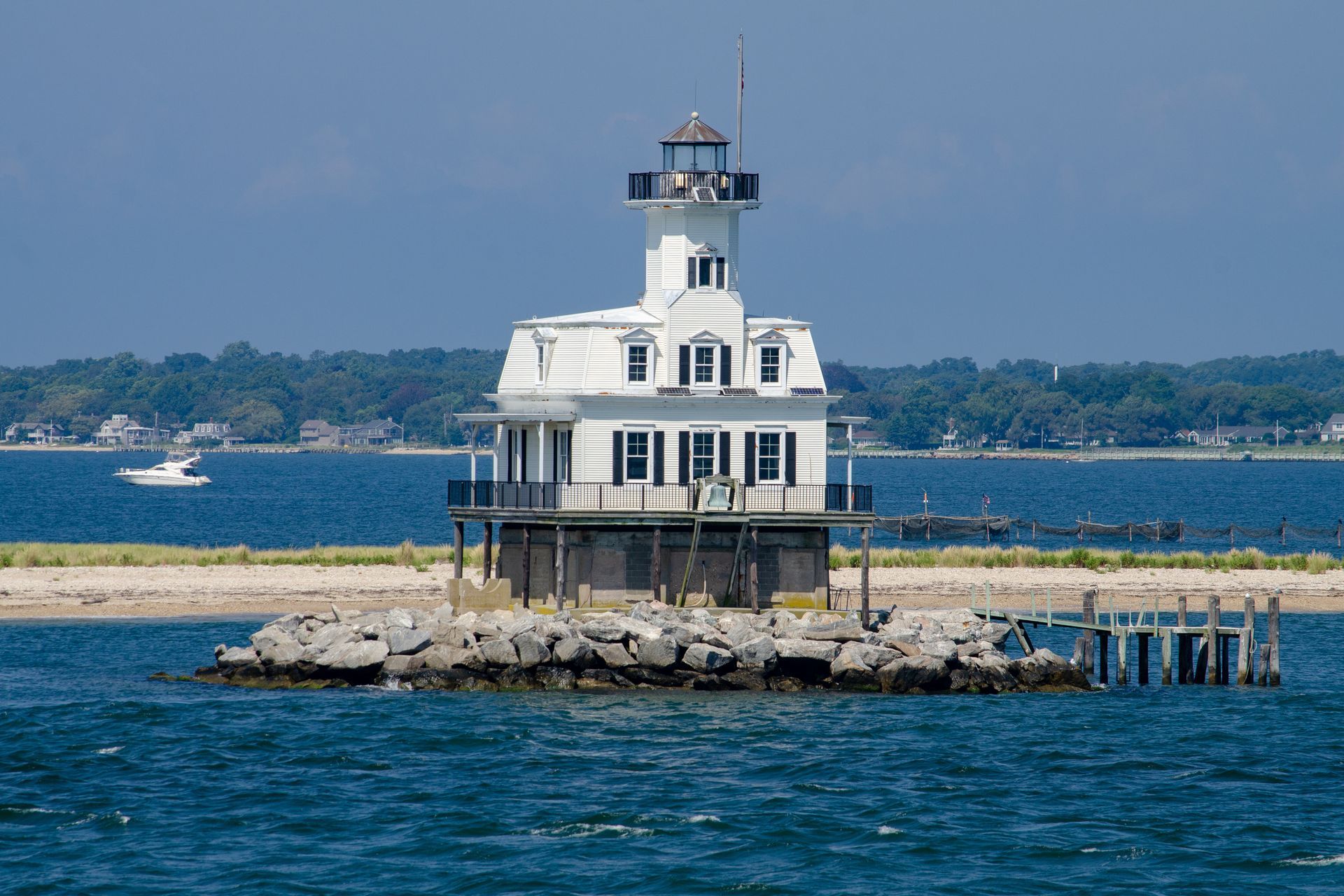Local Guide

By Owner
•
April 25, 2025
There’s no better way to experience the beauty of Long Island’s North Fork than by bicycle. With its flat terrain, winding country roads, and endless views of vineyards, farmland, and water, the North Fork is made for leisurely rides. A bike tour through wine country offers a chance to slow down, explore hidden gems, and soak up everything this peaceful corner of Long Island has to offer.

By Owner
•
April 25, 2025
Nestled in the heart of Long Island's North Fork wine region, Landcraft Gardens of Mattituck offers a delightful and unique botanical experience. Established in 1992 by visionaries Dennis Schrader and Bill Smith, this 17-acre property surrounding a circa 1840 farmhouse has been transformed into a nonprofit botanical garden dedicated to horticultural excellence.


